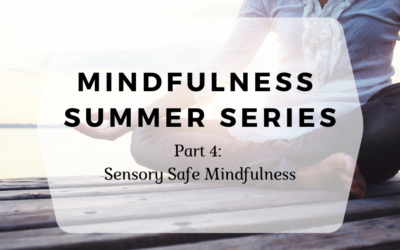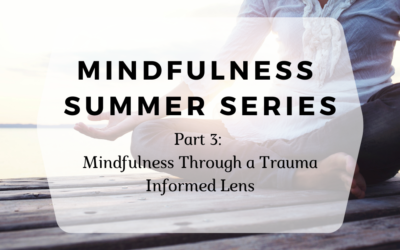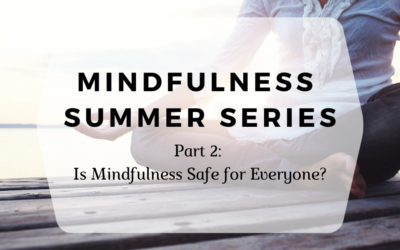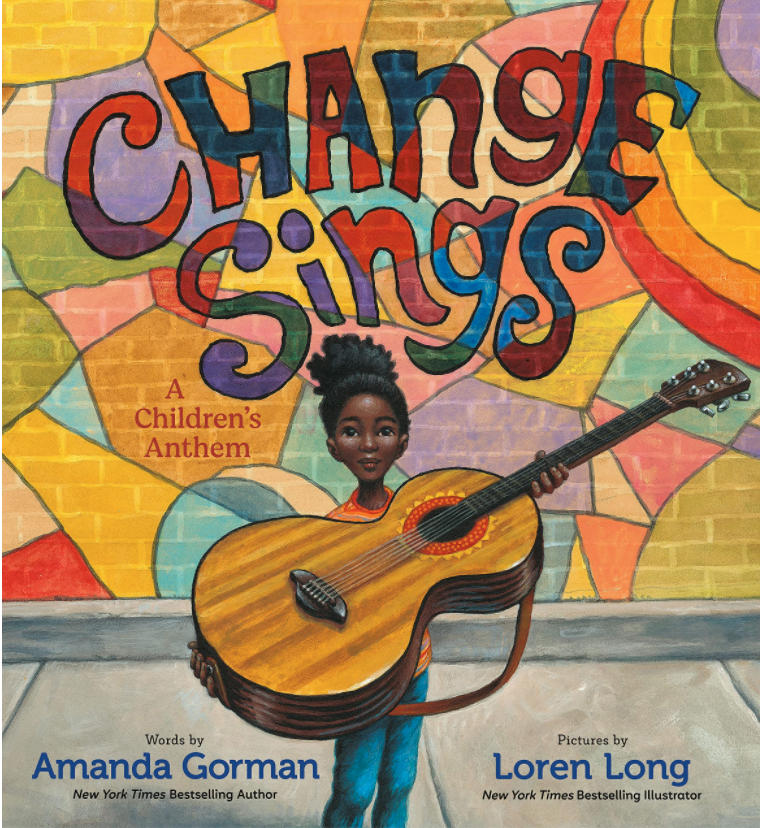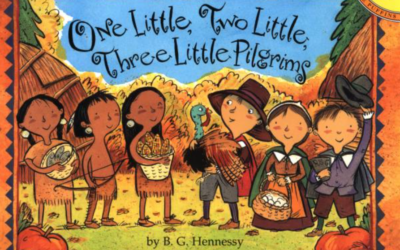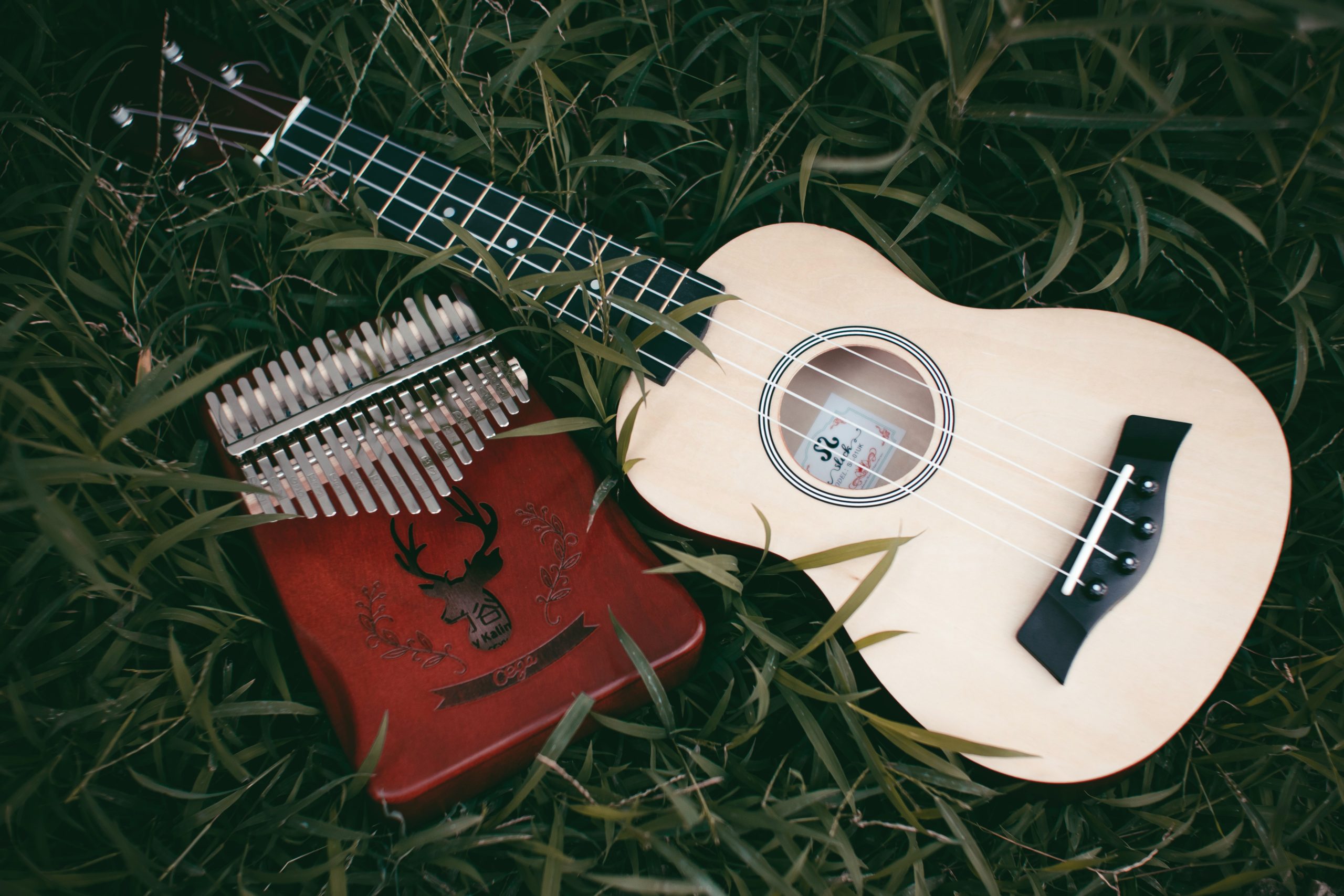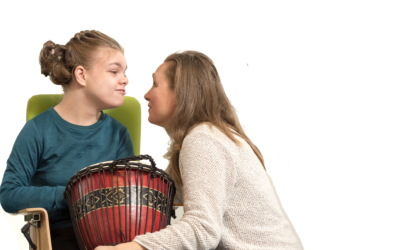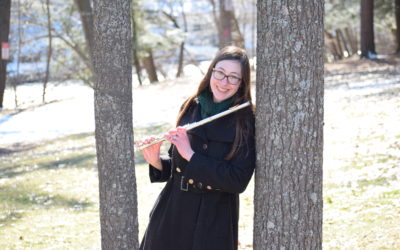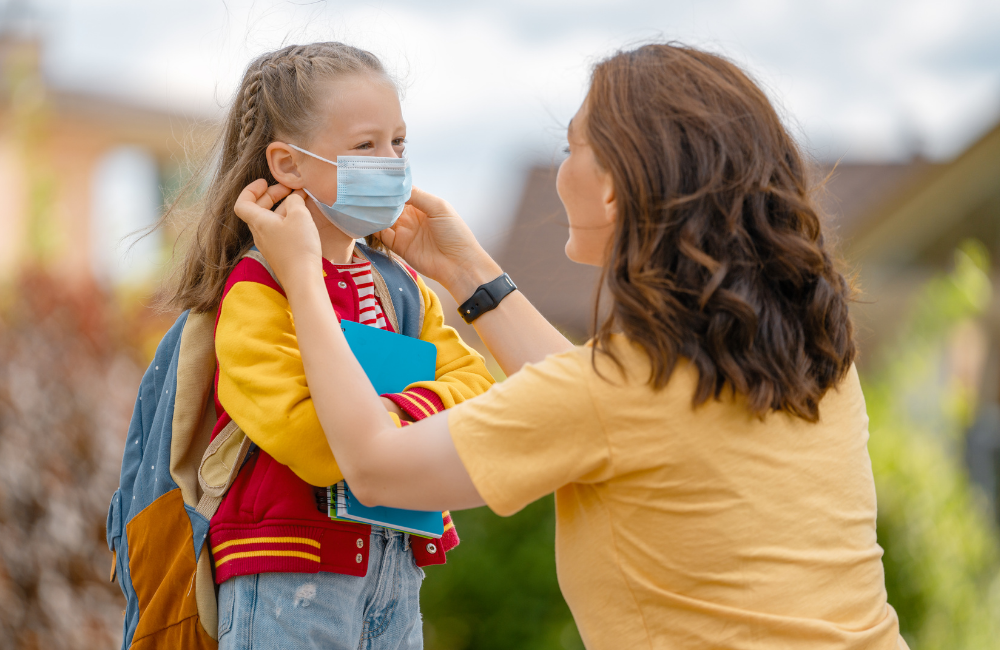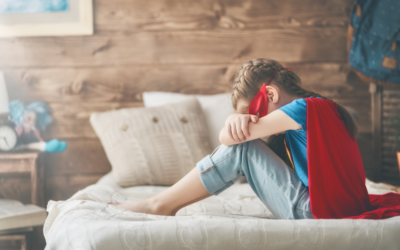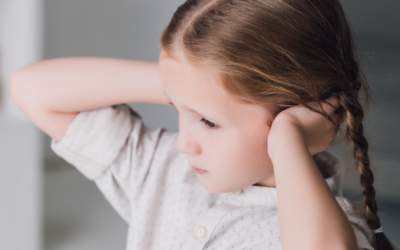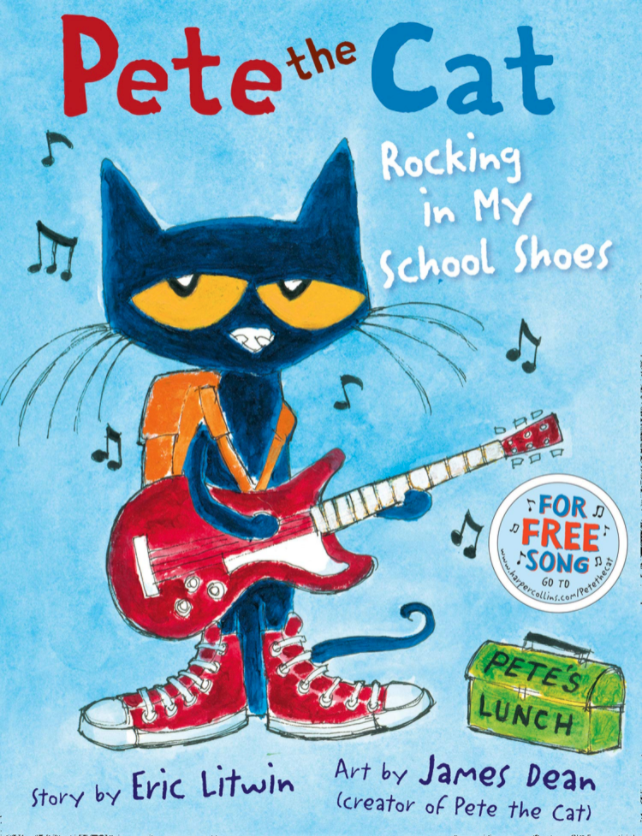lik.We hope you have been enjoying our Summer 2021 Mindfulness Blog Series. In this last blog on the topic of mindfulness we want to provide practical ways to apply mindfulness safely. Because each person needs and prefers different ways to slow down the mind and...
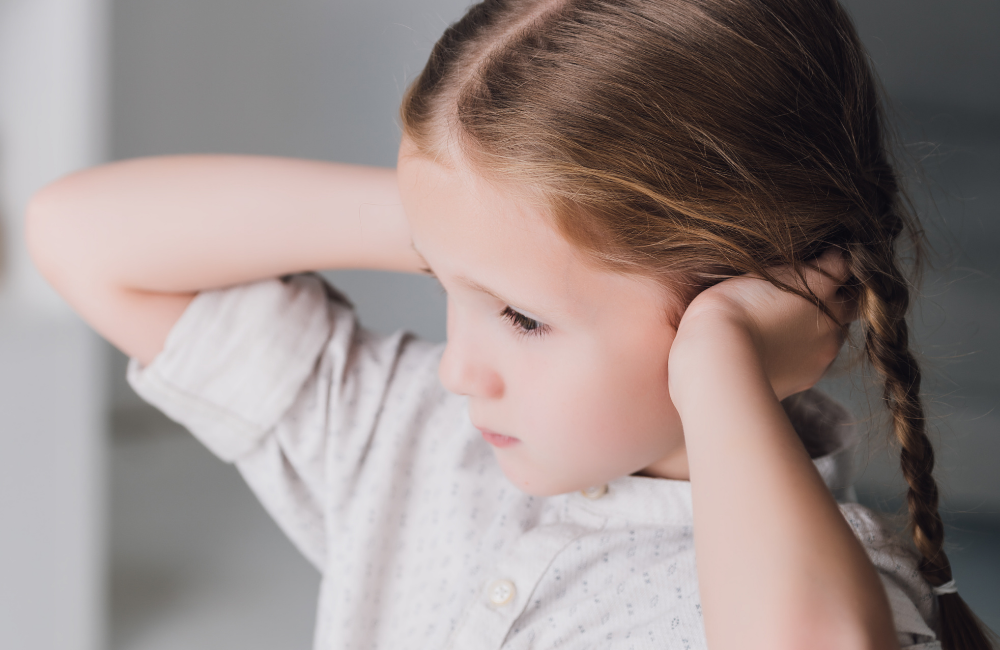
Sounds That Scare Our Children
,It can be common to see children plug their ears or show displeasure toward an unexpected, loud, high pitched or popping sound. However, how do we know when it is time to get professional help for our child whose responses appear severe? A quick reaction to a sound means the child is responding to their good survival instincts so it’s all normal, right?
To answer this question let’s break it down into four categories. Your child could be responding to a) their normal instincts, b) a sensitivity, c) a sensory disorder, or d) PTSD.
It isn’t always easy to distinguish hypersensitivity from actual disorders involving the sensory or nervous system, but knowing how to recognize some signs may provide more clarity. When the child resumes their normal activity after the initial shocking sound and does not continue to talk about it or show fear of it happening again, the reaction is a typical instinctual response. On the other hand, highly sensitive children often react to certain stimuli such as information, sounds, smells, touch, emotions, or sights more intensely than other children.
We will focus on sound sensitivity in this blog using the example of a balloon popping. For example, your child walks into a party where he sees clusters of helium balloons after having one recently pop. The condition can often be managed when applying strategies for a child with hypersensitivity such as taking a pause to talk it through, using headphones to block out an expected troublesome sound, or do a calming activity. However, if the child is suffering from a sensory integration disorder or PTSD this discomfort will most likely not resolve itself. Your child may need to remain by your side, leave the room or the building, or cry or talk about it repeatedly, with much difficulty in regulating him or herself.
A parent should reach out to a professional when a child continues to suffer from sensory input, such as a sound, and it takes the child a long period of time to recover. This could stem from a sensory processing disorder. The assessment for this is thorough and should be completed by an Occupation Therapist who is trained in this area. However, in some cases there is an unrecognized past trauma which ruminates in the child’s mind. The child may or may not have the language to communicate what is causing the distress, however they respond strongly.
A particular sound, picture, smell, taste, or reliving an event or one that is closely related can create a trigger. When this appears to be true, a therapist will work to uncover a past incident that might have felt traumatic for the child. This might be something they remember or have no recollection of as research has shown that trauma can occur as young as in utero or during birth. Once detected it can be reprocessed by using bilateral stimulation to assist the child’s nervous system to realize that the threat is no longer present and that he or she has skills to use in the future. This therapy is called Eye Movement Desensitization and Reprocessing (EMDR).
Some other sounds, in addition to balloons popping, most frequently noted to upset young children are:
- Automatic toilet flushing
- Rooms with echoing acoustics
- Loud music and parties
- Sudden clapping
- Yelling
- Sirens and loud truck sounds
- Sounds during a medical procedure
- A drill or table saw
- Drums
- Fireworks
- Gun shots
This is often understandable as the world can be a noisy and confusing place to a young child. They do not have the experiences an older child or adult might have. The best ways to assist your child in navigating sounds in your community is two-fold. First, it is important to notice volumes in their everyday setting and adjust as needed and secondly be prepared to assist your child to navigate sounds and noise when in the community.
When leaving the home, we recommend having noise cancelling headphones with you so you can assure a young child in locations such as public restrooms, parades, fireworks, or festivals that you are prepared to help them if sounds begin to bother them. However, to avoid triggering a child the best practice is to use the headphones preventively. Before the parade or fireworks begin place them on the child’s ears to avoid startling the child or causing noise induced hearing loss.
If you are concerned about your child’s response to one or more sounds or environments feel free to contact us and a Licensed Creative Arts Therapist will respond shortly. Our therapist is trained in EMDR.
Sensory Safe Mindfulness
Mindfulness Through a Trauma Informed Lens
In Part 2 of our Summer 2021 Mindfulness Blog Series, we focused on the first three of six important considerations when beginning mindfulness and its safety for everyone. Today we will explore the last three of six, to share our view of the best way to practice...
Part 2: Is Mindfulness Safe for Everyone?
In Part 1 of our Summer 2021 Mindfulness Blog Series, we learned what Mindfulness is and is not. We also answered the question about its link to religion. We encourage you to read all the blogs within the series for a comprehensive understanding. Today we would...

